U.S. Strategic Command Modernizes Its Capabilities
By Brig. Gen. Glenn T. Harris, U.S. Air Force, and Maj. John Yanikov, U.S. Army, U.S. Strategic Command
There is a reason that nuclear deterrence remains the singular most important mission within the United States military. U.S. Navy Adm. Charles Richard, former commander of U.S. Strategic Command (USSTRATCOM), the command in charge of deterring strategic attacks and providing a decisive response should deterrence fail, explains: “Every operational plan in the Department of Defense (DoD), and every other capability we have, rests on an assumption that strategic deterrence will hold. And if strategic deterrence, and in particular nuclear deterrence, doesn’t hold, none of our other plans, and no other capability that we have is going to work as designed.”
To ensure nuclear deterrence remains credible as the bedrock of U.S. national security, it must undergo critical modernization of its traditional triad systems — ground, sea and air platforms that can launch nuclear weapons. In addition, evolving from the conventional operational approach to deterrence to a more robust concept of “integrated deterrence” — in which the capabilities of the nuclear triad are tied to and incorporated with other strategic capabilities such as cyber, space, missile defense and even civilian academia, industry and allies — will help the U.S. maintain its credible nuclear capability for the foreseeable future and ensure stability across the globe.
Nuclear deterrence results from the shared understanding between adversaries that each has a ready and reliable ability to respond in-kind to a nuclear attack. The key traditional component to maintaining nuclear deterrence is fielding viable weapons systems. Today’s U.S. nuclear triad consists of 14 ballistic missile submarines (SSBNs), armed with submarine-launched ballistic missiles (SLBMs), 400 land-based intercontinental ballistic missiles (ICBMs) and more than 60 nuclear-capable heavy bomber aircraft. Collectively, the U.S. triad is intended to ensure that no would-be adversary believes it could launch a strategic attack, under any circumstance, that eliminates the U.S. ability to respond and inflict unacceptable damage. To this end, each of the three legs of the triad provides unique and complementary attributes, making U.S. strategic forces responsive, survivable and flexible.
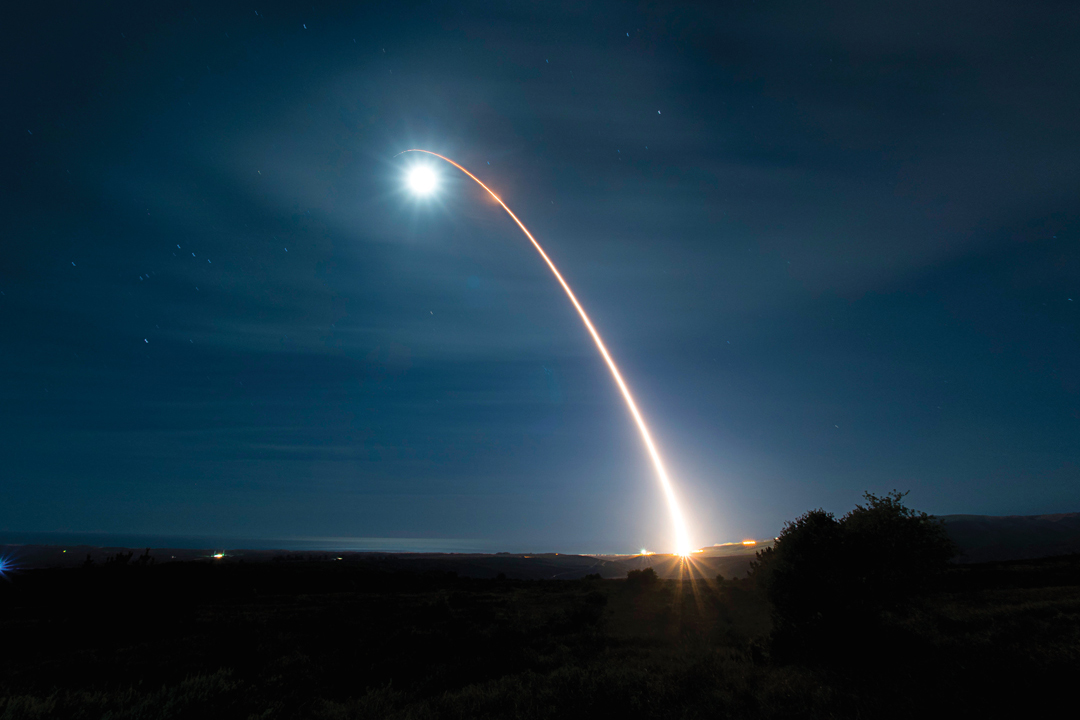
Minuteman III ICBMs make up the most responsive leg of the nuclear triad. Since 1959, Minuteman missiles have remained on around-the-clock alert, providing a quick-to-respond component of America’s strategic deterrent program. U.S. ICBMs are spread out among 400 hardened underground silos — with another 50 silos kept in “warm” status — assigned to multiple military bases, presenting a targeting problem for any potential adversary. The hardened and dispersed nature of U.S. ICBMs requires a potential adversary to commit to a massive attack on the U.S. homeland to have a chance of disabling all U.S. ICBMs, thus enhancing deterrence.
The Minuteman III utilizes a routine “remove and replace” update approach that has allowed it to achieve a 100% alert rate since it was first deployed. A variety of secure communication systems provide the U.S. president and secretary of defense with highly reliable, virtually instantaneous direct contact with each launch crew. Launch crews in control centers perform continuous alerts with the remote missile-launch sites. Should command capability be lost between a launch control center and a remote missile launch facility, specially configured E-6B airborne launch control center aircraft automatically assume command and control of the isolated missile(s). Fully qualified airborne missile combat crews would execute the president’s lawful orders, making the land-based ICBM leg of the triad also survivable.
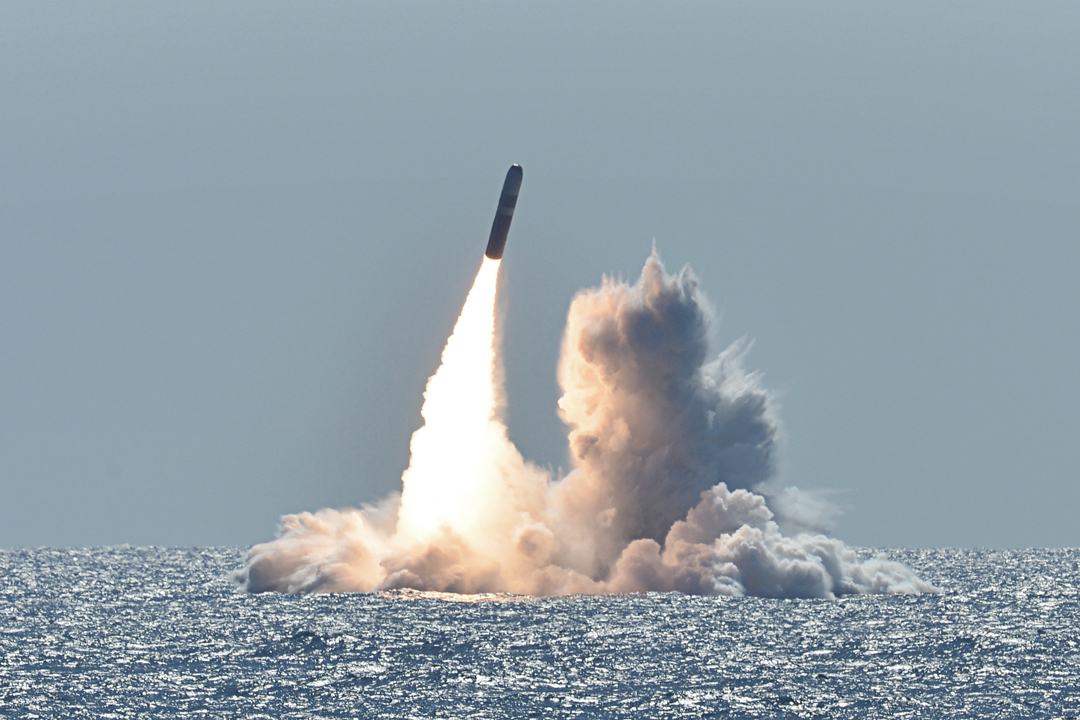
However, the sea-based is the most survivable leg of the nuclear triad, in which the Ohio-class SSBNs serve as undetectable launch platforms. They are designed specifically for stealth, extended patrols and the precise delivery of nuclear warheads. On average, the submarines spend about 80 days at sea followed by about 35 days in port for maintenance. Each submarine has two crews, Blue and Gold, which alternate taking them to sea on patrol. This maximizes the submarine’s strategic availability, reduces the number of submarines required to meet strategic requirements, and allows for proper crew training, readiness and morale. Each SSBN carries up to 20 SLBMs with multiple, independently targeted warheads. U.S. SSBNs carry Trident II D5 missiles, which have a 7,000-kilometer range that allows the U.S. to hold any adversary’s hardened and valued assets at risk. SSBNs are also highly mobile and can be moved to a variety of launch points to avoid overflight concerns, providing additional assurance to allies and increasing operational flexibility.
Bombers are the most flexible leg of the U.S. nuclear triad. Consisting of B-52H Stratofortresses and B-2A Spirit aircraft, each platform provides nuclear strike capability within a short time, anywhere on the globe, while evading most adversaries’ advanced defenses. U.S. bombers have nearly unlimited range, given their mid-air refueling capability and, when combined with the range of their air-launched cruise missiles (ALCMs), can reach a high percentage of targets. They can strike any potential target around the world from their U.S. bases, or be forward deployed during peacetime, crisis or conflict; a tangible reminder to potential adversaries of U.S. commitments to quickly defend the security of its allies and partners.
Both of these bombers can carry nuclear and conventional weapons tailored to their missions. The B-52 is capable of dropping or launching the widest array of weapons in the U.S. inventory, including gravity bombs, cluster bombs, precision guided missiles and joint direct attack munitions. The B-2 provides unmatched penetrating flexibility. Its low-observable “stealth” characteristics give it the unique ability to infiltrate an enemy’s most sophisticated defenses and threaten its most heavily defended targets. These bombers can also be loaded or unloaded under compressed timelines, which allows national leadership the ability to call off a strike after aircraft take off, providing more flexibility than ICBMs or SLBMs.
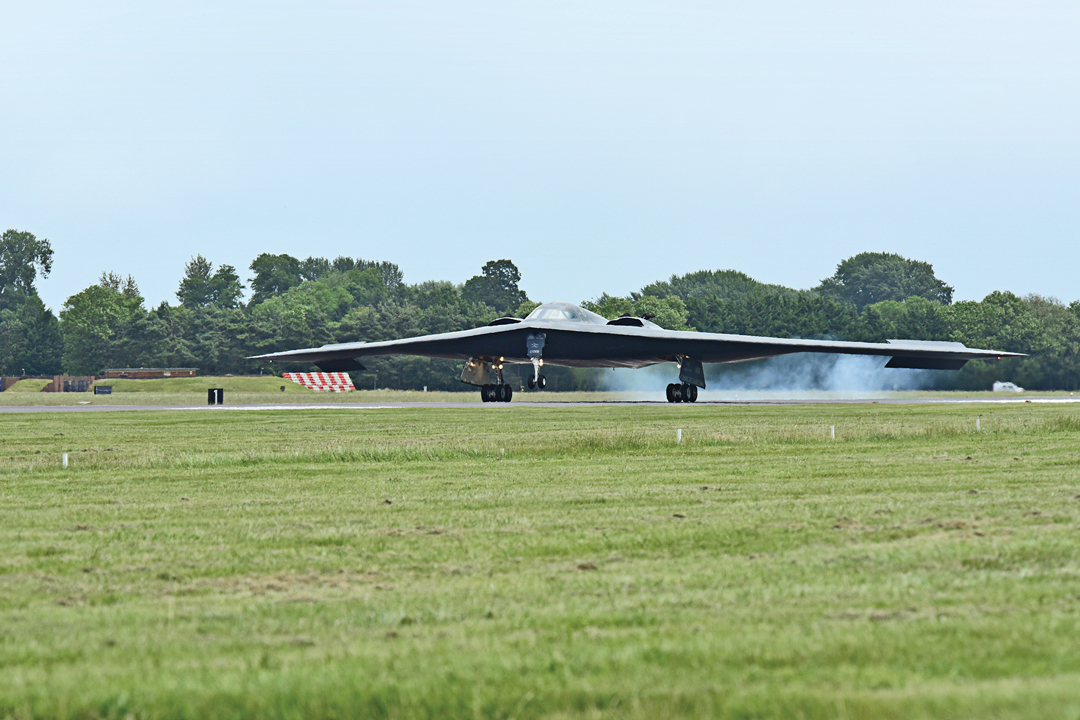
Combined, these nuclear forces are the ultimate foundation of U.S. national security. This is further illustrated through the U.S. government’s commitment to modernize its triad. Although each weapon system receives regular and routine updates to meet changing technologies and evolving mission requirements, all three legs must be modernized (sometimes referred to as recapitalization) to ensure they continue to retain their deterrent capability. This means that existing platforms will be replaced with completely new weapons systems or will be overhauled from the ground up and equipped with the latest technology. Modernization of the nuclear force during the next 20 years will comprise, at its highest point, about 3.7% of the DoD budget, according to department estimates. Recapitalization programs are already in the works and show promise.
Previous and ongoing updates to the Minuteman III missile have allowed it to expand targeting options while improving accuracy and survivability. However, after conducting an analysis of alternatives, the U.S. Air Force determined that continuing to extend the lifecycle of the Minuteman III would cost about the same as a new, replacement ICBM. In addition, a new ICBM would better meet future requirements while lowering the cost of sustainment over the weapon system’s lifecycle. Therefore, the DoD has declared the new Ground Based Strategic Deterrent (GBSD) program, named “Sentinel,” to be the future of the ICBM program.
Sentinel will feature a modular architecture that can incorporate emerging technologies in order to adapt to rapidly evolving threat environments. This feature will save money and help the program operate well into the 2070s. The Sentinel program will not only replace the Minuteman III missile, but will also modernize the launch facilities, improve command and control, and increase safety and security. The program will begin this modernization process in 2029.
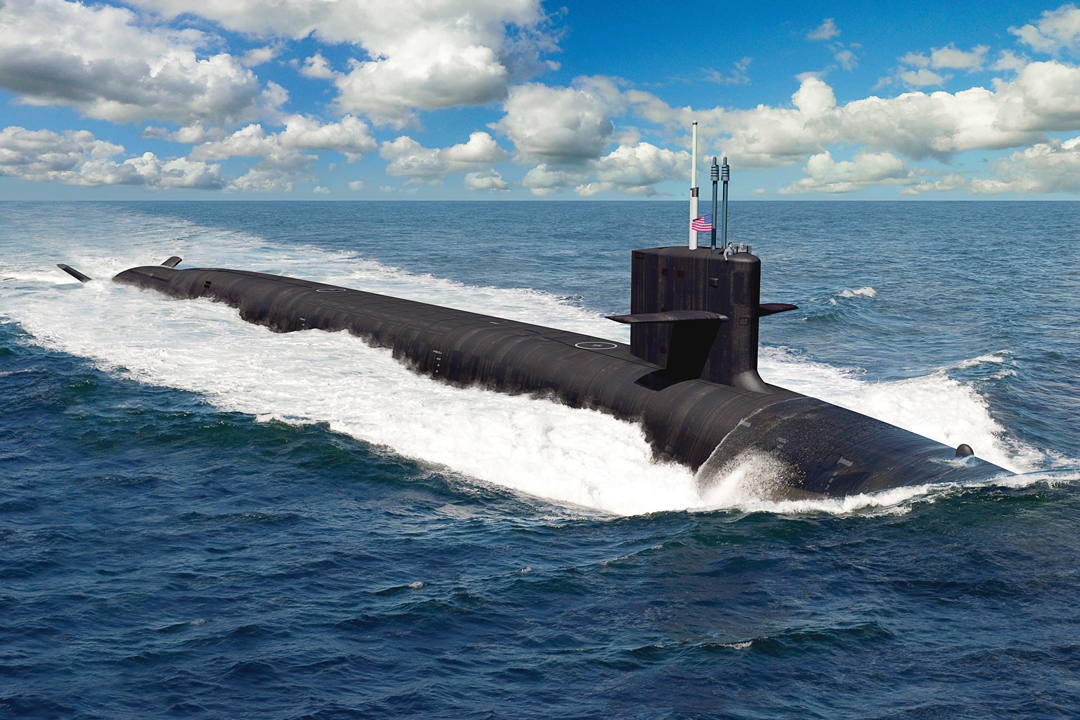
The sea-based leg of the U.S. nuclear triad is also scheduled to benefit from updated and new weapons systems. After serving longer than any other U.S. nuclear submarine, the 14 Ohio-class SSBNs will be replaced by at least 12 new Columbia-class SSBNs in the coming years. The move will bring advances in navigation, maneuverability, command and control, and quieting technologies. The Columbia-class will likely be the stealthiest submarine to date. It features a nuclear reactor that does not need to be refueled midlife, reducing operational costs while still meeting mission requirements.
In lieu of developing a new SLBM, both the U.S. Columbia-class and the United Kingdom’s Dreadnought-class submarines will utilize the current Trident II D5 SLBM. This joint effort is saving both countries hundreds of millions of dollars while providing greater interoperability between allies. The Columbia-class SSBNs will carry 16 Trident II D5 SLBMs and are designed to operate well into the 2080s. The Trident II D5 SLBM fleet will continue to operate into the 2040s.
The air-based leg of the nuclear triad is replacing one of its aircraft while updating the other. The B-52, originally deployed in 1961, has undergone a number of life extensions and upgrades, and is still slated to remain in service beyond 2040. The B-2 will first be supplemented in the mid-2020s, and then eventually replaced by the newest strategic bomber, the B-21 Raider, which was rolled out by the Air Force in December 2022. The B-21 is a next-generation, low-observable bomber designed to be long-range, highly survivable, and capable of carrying a mix of conventional and nuclear ordnance. With a planned minimum inventory of 100 aircraft, the B-21 will join the nuclear triad as a visible (unless flying stealth missions!) and flexible nuclear deterrent option.
Additionally, to support the air-based leg of the triad, the AGM-86B ALCM, which was first deployed in 1982 and designed to defeat Soviet threats, will be replaced by the Long-Range Standoff (LRSO) missile — a low-observable cruise missile. The LRSO will have improved capabilities, accuracy, range and reliability over previous generations of ALCMs, which will increase the probability of mission success while decreasing risk to the aircrew.
The success of all parts of the nuclear triad will not be determined only by the modernization of the weapons systems. Just as important is the modernization of a secure nuclear command, control and communications (NC3) system. NC3 is integral to ensuring that nuclear weapons are always available for instant, deliberate use, but never used mistakenly. The NC3 system performs five crucial functions: detection, warning and attack characterization; adaptive nuclear planning; decision-making conferencing; receiving presidential orders; and enabling the management of the force. The system includes terrestrial and space-based sensors that monitor the globe for threats, and a communications architecture that connects the nation’s decision-makers to their nuclear forces under any conditions.
To match the new capabilities achieved by modernizing the U.S. nuclear triad, the current NC3 command and control system is being upgraded to NC3 Next. Adm. Richard explained that NC3 Next is not “a thing,” but a rolling initiative of improvements, over time, to all aspects of this complex network. It is composed of over 200 individual platforms, from radios and terminals embedded in about 60 different systems to satellites used to send encrypted strategic communications to nuclear submarines. It includes the E-6B Airborne Command Post, or the E-4B National Airborne Operations Center aircraft (known as the “Doomsday”) that would take control if ground-based systems become neutralized. Adm. Richard describes it as “a very complex system of systems.”
The modernization of one key node to the system is already complete. In 2019, USSTRATCOM opened its Command and Control Facility at Offutt Air Force Base in Nebraska. As the heart of the nation’s nuclear command, the facility was the first step in modernizing the entire nuclear enterprise and will support the modernization of all other strategic assets, including the nuclear triad and NC3. The $1.4 billion, 85,100-square-meter weapons system is manned by over 3,000 personnel and has nearly 1,050 kilometers of IT cable — longer than the distance from London to Prague — to support the long-term viability and credibility of the nation’s strategic deterrent force. It is a living, breathing weapons system designed to change and grow as threats and capabilities evolve, enabling the U.S. to adapt and remain flexible far into the future.
While many details of NC3 Next upgrades are classified, its modernization is as important as modernizing each of the three legs of the triad. In addition to its age (some of the platforms of the legacy NC3 system were developed in the 1980s before the roll-out of the internet), China and Russia have developed capabilities that could potentially threaten the current U.S. NC3 system.
The investment in modernizing these strategic weapons systems seeks to maintain balance, given China’s and Russia’s high levels of defense spending to modernize their own conventional and nuclear forces. Nuclear weapons are becoming a more important aspect of China’s military strategy and remain a foundational aspect of Russia’s. According to Adm. Richard, China is in the midst of a “nuclear breakout” — on track to double (if not triple) its nuclear warheads by 2030 while also undertaking tremendous capability and capacity improvements to its missile defense system. The Russian defense ministry has said that 90% of the country’s strategic nuclear forces have already been modernized in recent years.
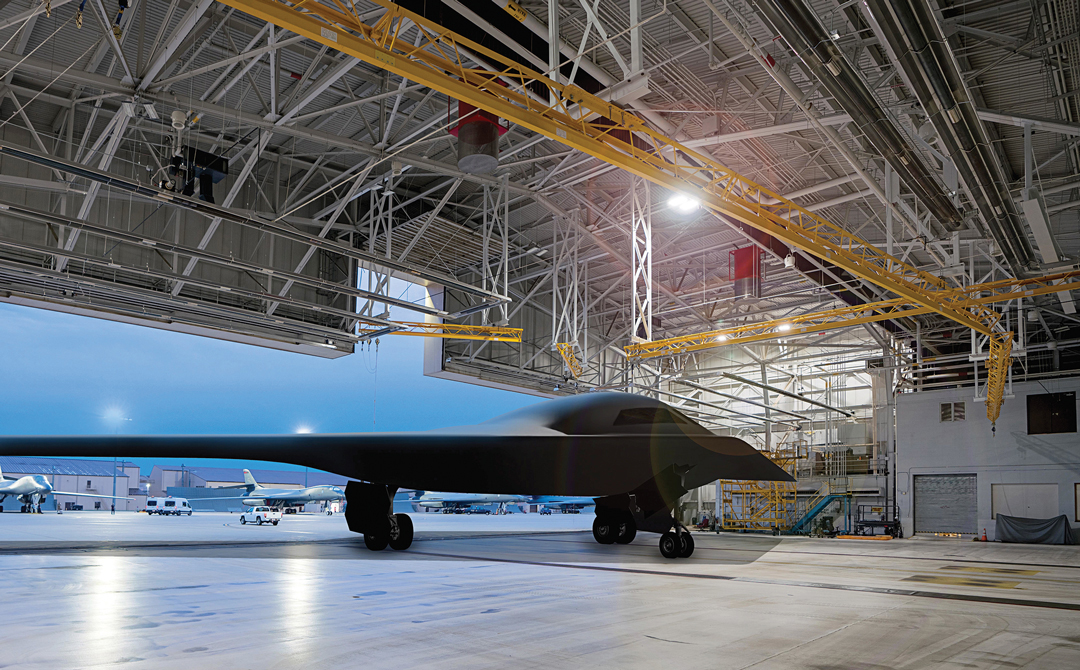
Russia and China each have their own nuclear triads, but Adm. Richard cautions against simple comparisons of stockpile sizes. “A nation’s nuclear stockpile is a crude measure of its overall capability. We must consider the delivery system, accuracy, range, readiness, training, concept of operations and many other things to fully understand what a nation is capable of doing. Yes … we have a larger stockpile than China does right now. But two-thirds of what we have is operationally unavailable to me due to treaty constraints. And I have to deter Russia and others, including outliers like North Korea, with what we have, all at the same time.” For that reason, any comparison to the bipolar Cold War, where the U.S. was in nuclear parity with only one peer nation, is lacking. Today’s strategic environment is characterized by two nuclear-capable peers that want to change the world order, and one, the U.S. (with our allies), that wants to defend that world order. Both China and Russia have the ability to unilaterally escalate a conflict to any level of hostility, in any domain, in any geographic location, at any time, according to Adm. Richard.
Without the luxury of deterring only one nuclear threat at a time or thinking about each adversary in isolation, it is imperative to view deterrence as more than the modernization of the triad systems and NC3. Moreover, competitor nations continue to develop enhanced capabilities that defy traditional domains and boundaries. An enhanced and expanded view of deterrence looks across all domains, including Integrated Missile Defense (IMD), space and cyber, as well as understanding how partnerships, such as those with allies or with a nation’s intellectual and industrial base, are needed to support these capabilities in the future. This integrated deterrence approach provides the inherent flexibility needed to plan and execute tailored strategies for all adversaries.
The integration of missile defense into aspects of the triad, NC3 Next and national nuclear policy increases capabilities and options, and hopefully prevents any conflict from becoming nuclear. IMD is an essential, continuous mission, whether in peacetime, crisis or conflict, helping protect territory, populations and forces against air and missile attacks. The U.S. currently fields three theater-level missile-defense systems to target incoming short-, medium- and intermediate-range ballistic missiles. These are the land-based Patriot Advanced Capability (PAC-3) and Terminal High Altitude Area Defense (THAAD) systems, as well as the sea-based Aegis system, although the Aegis Ashore can also be deployed on land. All three systems target a rocket or missile in its terminal phase — after a warhead re-enters the atmosphere — using different radar and satellite systems to detect, classify and track the threat.
When the right IMD systems are deployed in the right places, it opens up a range of options while denying a potential adversary the benefit of using a missile attack to achieve its aims. To that end, missile defense establishes a more credible deterrence by encouraging restraint of adversaries. In addition, a robust and reliable missile-defense program imposes costs on competitors by forcing them to spend more resources on their missile arsenals.
China and Russia are already working on advanced platforms, such as the Russian dual-use Zircon and Chinese hypersonic glide vehicles, to challenge current terrestrial-based radar architecture. To address the potential for growing imbalances vis-à-vis its main competitors before its capacities are taxed, the U.S. needs a warning system for the 21st century. Research and development efforts have already begun on the Next-Generation Interceptor, hypersonic glide interceptors, a high-energy laser and other directed-energy technology to complement existing theater-level missile defense systems and counter future missile threats.
Early warning of advanced missiles of all types also needs to be complemented by global planning to achieve strategic integrated deterrence. Competitors’ systems are not designed with regard for boundaries, geographic or operational. In addition to a 21st century warning, tracking and neutralizing system, the U.S. will need an alternative posture to account for instances when there is a lack of warning. The ability to command and control missile defense forces underpins their usefulness in deterrence. NC3 Next and Joint All-Domain Command and Control (JADC2) systems are key parts of integrating missile defense and making it more effective for deterrence. JADC2 will provide a means to more quickly share information across the Joint Force, ensuring the best sensors and shooters are available to counter threats to nuclear and conventional forces. The integration of command-and-control with missile-defense systems can help the U.S. deter adversary weapons, such as low-yield nuclear weapons, without needing to match a competitor system for system.
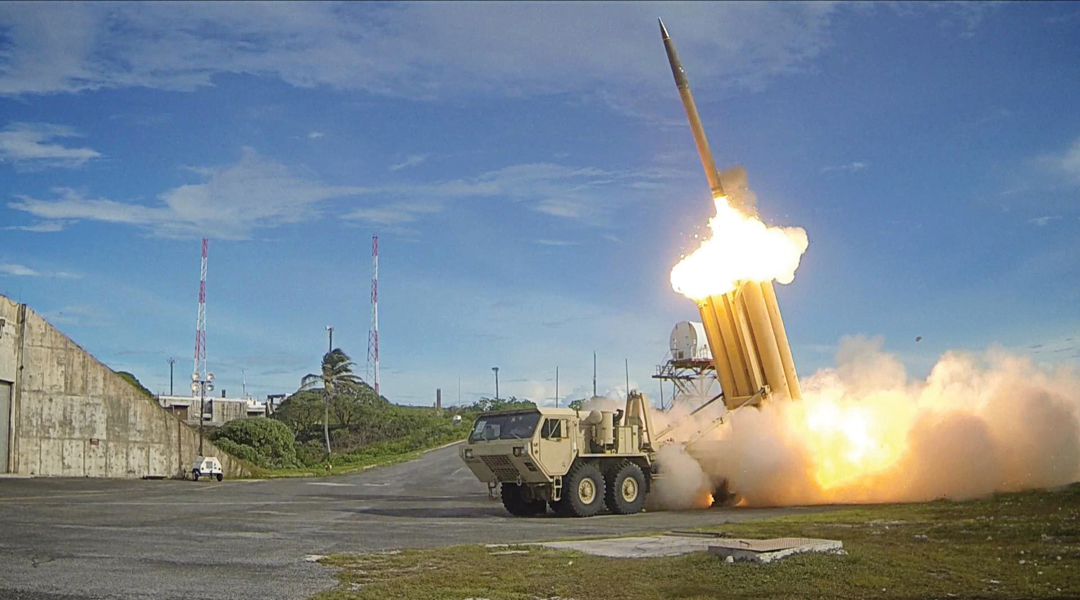
The triad, command and control and IMD are all linked together as key elements of deterrence. In today’s multidomain environment, integration happens across space, cyber and “gray zones” (competitive interactions among state and nonstate actors that fall between traditional war and peace). This complex world means the U.S. military cannot do it alone and will need to integrate academic and industry communities to meet the deterrence challenges of today and tomorrow. While today’s nuclear threats are different from those of the past, the benefit of investing in intellectual capacity still applies. In the U.S., the Rand Corp. think tank was created entirely to study the two-party problem of the Cold War and explore the details of deterrence theory. Some of that era’s greatest minds, such as Thomas Schelling and Herman Kahn, were able to get “outside the box” of traditional military and government knowledge and thinking on the use of nuclear weapons to create the initial deterrence theories that served the world well for decades thereafter.
USSTRATCOM is rethinking operational deterrence theory to include a more comprehensive integrated deterrence philosophy. By changing how deterrence is viewed fundamentally, a better understanding can be gained about how it is still applicable in today’s environment, and how it will help to inform strategies when executing plans in support of a common, comprehensive defense. Integrated deterrence philosophy prioritizes the incorporation of U.S. allies and partners into all aspects of collective deterrence.
Allied and partner interoperability preserves freedom of action, increases knowledge and options, and enables effective cooperative defense. Efforts to bolster important strategic relationships with partners continue through war games such as Nimble Titan. More than 20 countries and three international organizations participate in this exercise, which focuses on multinational integration aimed at enhancing interoperability and defense concepts. The collaboration reinforces that the U.S. and its allies can be assured against strategic attack when incorporating these integrated deterrence systems. A strong, integrated nuclear deterrent program with allies also contributes to U.S. nonproliferation goals by limiting the incentive for allies to have their own nuclear weapons.
Multilateral exercises also help deter Russia, China and others from believing they can benefit from using nuclear weapons, or threatening their use, against the U.S. or its allies and partners. In this way, even with the scale and intensity of changes to the strategic environment, integrated deterrence can help keep the world stable and at peace. With each modernization and advancement in the systems that comprise U.S. and allied integrated deterrence, nuclear competitors and potential competitors should increasingly see the investment as too much to overcome and opt instead for joining the U.S. in reducing prospects for nuclear conflict or miscalculation.
While adversary threats continue to grow, the importance of deterrence endures. However, the U.S. and its allies are no longer approaching nuclear deterrence the same way. It is now being tailored and evolving for the dynamic environment being faced. Today’s strategic deterrence requires the integration of capabilities across all domains, throughout the entire U.S. military and outside of it. Above and beyond the nuclear triad, modernizing NC3 systems and investment in other capabilities, such as IMD, will increase options and deterrence.
Deterrence has kept the peace since nuclear weapons were introduced and has sustained the test of time. It continues to underwrite all U.S. military operations and diplomacy across the globe. Integrated deterrence will be the backstop and foundation of U.S. national security for the foreseeable future.


Comments are closed.